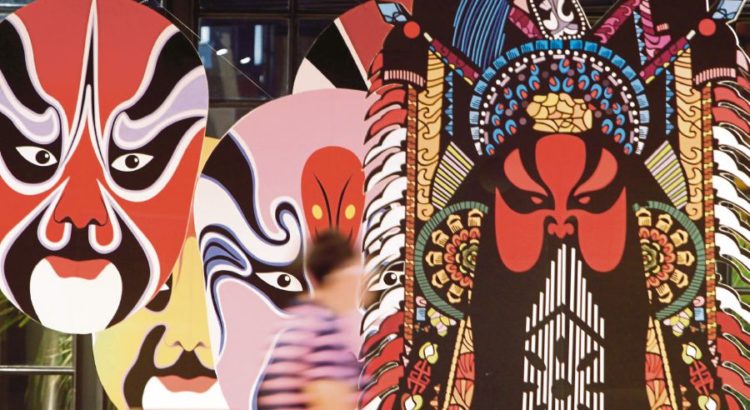By Hazlina Aziz
IN the next few years, more than three generations may be working side by side at the workplace. They are the Baby Boomers, Generation X, Generation Y (also known as millennials) and Generation Z.
Gen Z, who were born after 1995, are beginning to appear in the workplace. By next year, Gen Z is expected to represent more than 20 per cent of the workforce.
Growing up in a world where the Internet, social media and mobile technology have always existed, they will bring their new technology and big ideas with them. It can be a significant challenge to prepare for the clash of these four generations.
Many organisations are still struggling to analyse the challenge that millennials pose in the workplace.
But, how different will Gen Z really be? A digitally innate generation of students, Gen Z have access to more information than the generations before them. Growing up in the age of technology provides them with more outlets and digital tools for exploration and expression.
So, they are said to be more curious, innovative and open-minded than past generations.
While they should be more advanced in searching for information and figuring things out on their own, they also expect everything to be available at any time and with low barriers of access. With Gen Z starting university and the first batch graduating soon, are the schools preparing them for their future? Is higher education ready for them?
A study done by Adobe that provides insight into Malaysian Gen Z students shows that they are feeling unprepared for the problems the “real world” face today, and want greater focus on creativity and hands-on learning in the classroom.
The study, “Gen Z in the Classroom: Creating the Future”, surveyed 250 Gen Z students between the ages of 11 and 17, and 100 teachers in Malaysia.
A similar study was also conducted in five Asia-Pacific (Apac) countries — Australia, India, Thailand, China and Korea. For Malaysia, they found 97 per cent of students and 100 per cent of teachers — the highest rating among five other countries — see creativity as essential to students’ future success.
Malaysian Gen Z students also have mixed emotions when it comes to their future after they finish schools.
According to the study, they feel “excited” and “curious”, but at the same time “nervous” or “worried”. Some are concerned that schools have not properly prepared them for the real world.
They believe that there are a variety of careers that require creativity. Ninety six per cent of students from this study believe their future careers would involve creativity.
Both students and teachers alike agree that Gen Z learn best through hands-on experience and wish that there is more focus on creativity. Students feel that classes focusing on computers and technology hone their creativity and will best prepare them for their future.
Developing creative people is an aim that most in education share; there have been growing calls to nurture and teach creativity from an early age in schools and universities.
The World Economic Forum predicts that creativity will rise from the 10th most sought-after skill in 2015 to the third in 2020.
But, what is creativity? It can seem that creativity is a natural gift for those who are lucky, for instance, great artists, musicians or entrepreneurs. Can one learn to be creative? Can we prime the mind for creative ideas to emerge?
Research has shown that creativity is a skill that can be taught, practised and developed. With imagination, we can be wired to be creative. Creative thinkers in any discipline are those who can tackle complex problems and develop innovative solutions.
Of course, this does not mean that you can teach one to be a genius. The techniques of teaching creativity are not going to turn a student into Einstein or Picasso.
It is more about encouraging day-to-day creative thinking that can make a student, and then later, as an adult, more productive.
Many educators claim to value creativity, but they do not always prioritise it. In some parts of the world, teaching creativity is already a necessary part of an undergraduate experience.
The International Centre for Studies in Creativity at Buffalo State College in New York is the world’s first university department of its type.
The term “makerspace” in education — probably still new in Malaysia’s education scene — is also the buzzword now to refer to physical spaces that support learning and doing, in a way that redefines traditional schooling. It provides hands-on experiences and encourages creative ways for students to design, experiment, build and invent.
How can creativity be cultivated in the classroom? The way Gen Z students consume and learn today is very different from past generations, hence, educators in Malaysia need to provide the right environment, updated tools and creative outlets to bring out the best in their students and foster innovative problem-solving skills the future workforce will need.
Education systems should focus less on the reproduction of information and more on critical thinking and problem solving. There are multiple solutions to open-ended and complex problems, a situation that the students will face as they pursue future careers.
Encouraging divergent instead of convergent thinking leads to solving problems that do not have one correct answer.
However, it is important to remember that teaching creativity does not mean that we should throw out the textbooks and exams while encouraging children to let their minds wander rather than concentrate in the classroom.
Children should not be given free rein for their imagination to run wild at the cost of understanding a subject. In encouraging creativity, I believe if you want to think outside the box, you must fully understand what is inside the box first.
Link: https://www.nst.com.my/opinion/columnists/2018/01/330504/can-one-learn-be-creative








 Users Today : 109
Users Today : 109 Total Users : 35460126
Total Users : 35460126 Views Today : 144
Views Today : 144 Total views : 3418775
Total views : 3418775